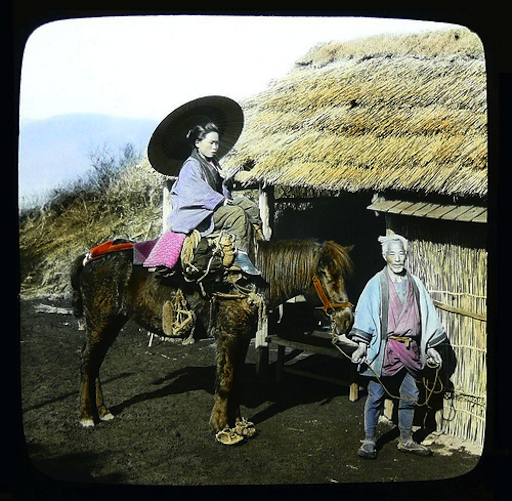The pre Sengoku era Japanese military, specifically its samurai horse archers, has always baffled me. Why of all things would an island nation full of rugged hills, mountains, and forests go for horse archery? Is it all from cultural values - I.e. a product of the massive influence Chinese civilisation held over all its neighbours, or is there more going on? Yes I know that Japan was also infamous for piracy (a much more fitting fact, given the geography), and that during the long civil war the former horse lords became transformed into musketeers. But still, I feel like I am missing a piece of the puzzle.
China on the other hand was facing Mongolia and the rest of the khanates on its western border, thus making the possession of native horse archer warriors essential to just the same degree as for Iran. But I just don't see why Japan kept continuing to use horse archers when its geography blunted all advantages from that type of warfare.
China on the other hand was facing Mongolia and the rest of the khanates on its western border, thus making the possession of native horse archer warriors essential to just the same degree as for Iran. But I just don't see why Japan kept continuing to use horse archers when its geography blunted all advantages from that type of warfare.



